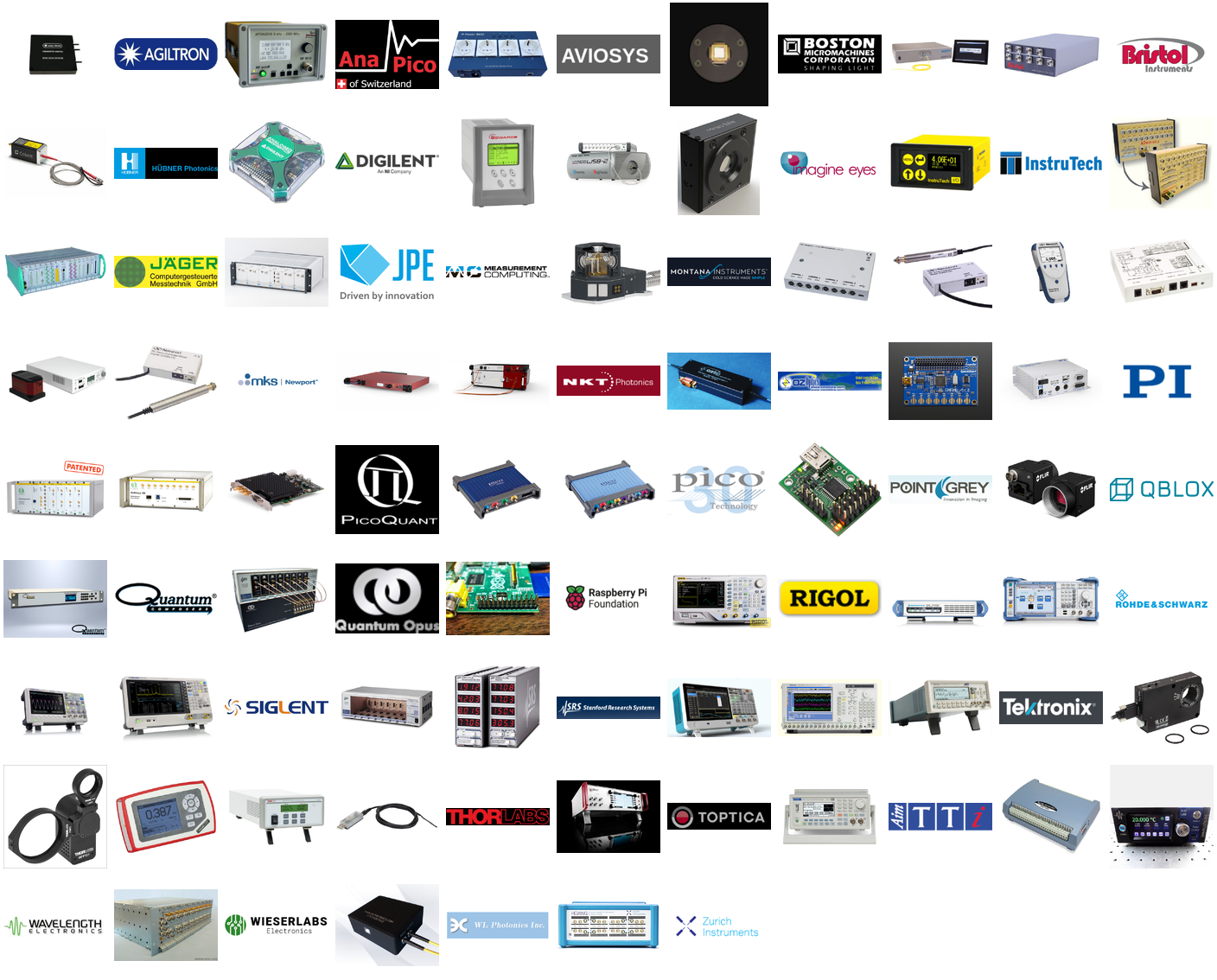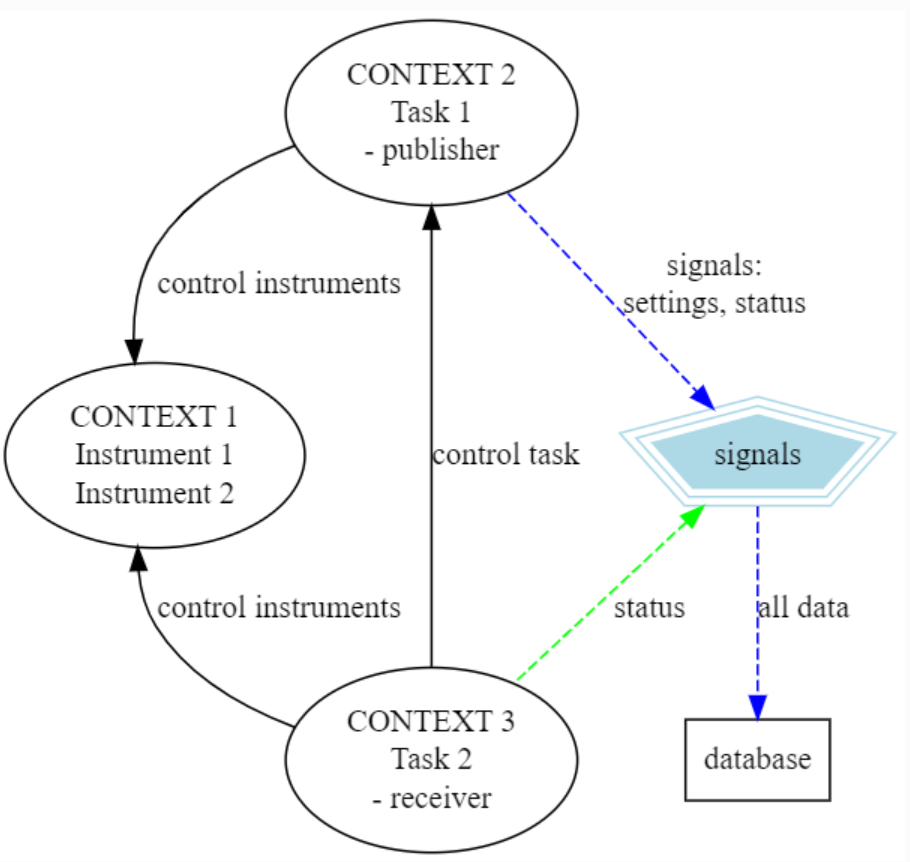What is QMI?
Last updated on 2025-08-25 | Edit this page
Overview
Questions
- What is QMI?
Objectives
- Explain what is QMI and its main features
What is QMI?
QMI is a Python 3 framework for controlling laboratory equipment. It is suitable for anything ranging from one-off scientific experiments to robust operational setups.
QMI is developed by QuTech to support advanced physics experiments involving quantum bits. However, other than its name and original purpose, the_re is nothing specifically quantum about QMI — it is potentially useful in any environment where monitoring and control of measurement equipment is needed. It is also multi-platform. At QuTech, QMI is regularly used in both Linux and Windows, and running QMI on macOS is also possible.
It supports instruments and devices that encapsulate equipment under computer control. A number of instruments are provided out of the box, and it is relatively easy to add your own. QMI makes use of tasks that can encapsulate a (background) process that needs to run temporarily or indefinitely. It offers network transparency; instruments and tasks can be remotely started, stopped, monitored and controlled. With these features it can be used as basis for monitoring and control of complicated setups, distributed over multiple locations.
Device drivers
With device drivers instruments and devices can be controlled. Device drivers are importable classes in QMI with (a selection of) functions with which the device can be controlled and monitored. QMI has currently device drivers for 45 manufacturers and 80 devices. In the picture below you can see most of the supported instruments in QMI.

QMI contexts
When using QMI in a Python program, a context is started. While the program is running, this context contains all information about the device drivers and tasks added in the context in the program. One of the main features of QMI is that these contexts are also approachable from another QMI context, and the instruments and tasks in the context can be controlled through another context, see also Figure 1. Advantages of this are that instruments can be grouped in logical groups in separate contexts and there is therefore no need to make one big program that contains all the instruments, tasks and whatever logic or timing is necessary. The programs can that way be made modular, with easy addition or removal of contexts.

Remote Procedure Calls
Second main feature of QMI is its Remote Procedure Call (RPC) protocol that enables communication between computers in the same network. The three contexts in Figure 1 could reside in three different PCs and communicate with each other with the help of the RPC protocol and QMI signals. The user only needs to setup QMI configuration files for these contexts, where information about other contexts are present. That way the contexts know where to look for other contexts. It is possible to also look for contexts not defined in the configuration files, but more about that later.
QMI signals
The last main feature to mention is the QMI signals. The device drivers and tasks can be equipped with signal publishers and receivers. These can be used e.g. to send simple triggering signals between tasks or devices, or to send data to some external party. They can become handy with tasks that need to wait for some event to occur before performing some specific action, and thus wait to receive a signal from a publisher. Or if some data needs to be (periodically) saved to a database, like InfluxDB or our own Quantum Data Lake, for later analysis. The signals have been also used for remote live monitoring by sending data to a Grafana server.
- Device drivers: With device drivers instruments and devices can be controlled
- QMI contexts: A QMI context envelops instruments, tasks and other RPC objects and can be connected to from outside from another QMI context
- Remote Procedure Calls: Custom RPC are used to control objects in QMI contexts
- QMI signals: QMI context objects can also broadcast and receive signals, which can include e.g. data
